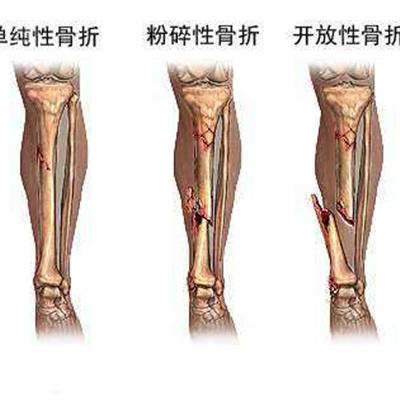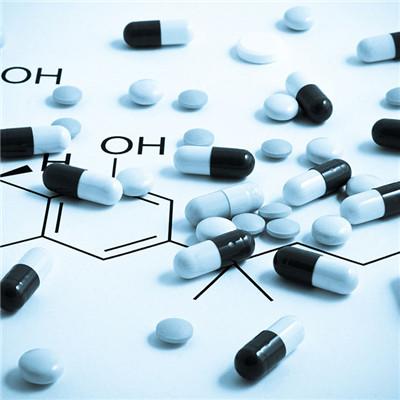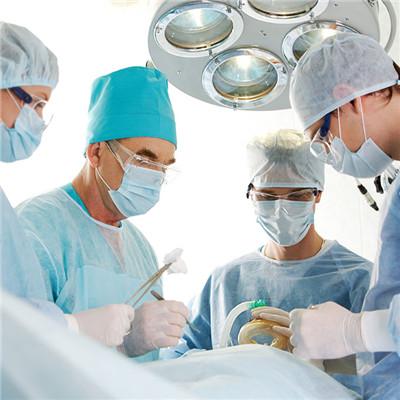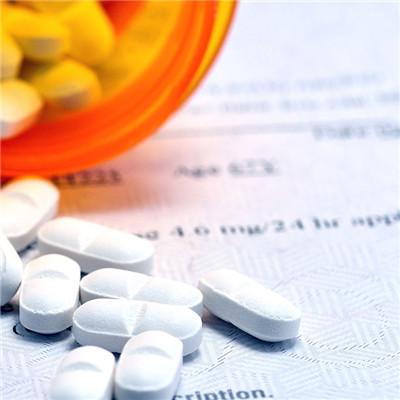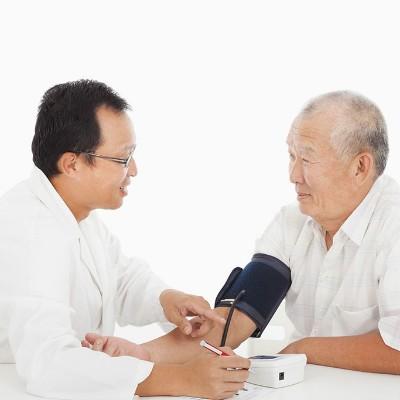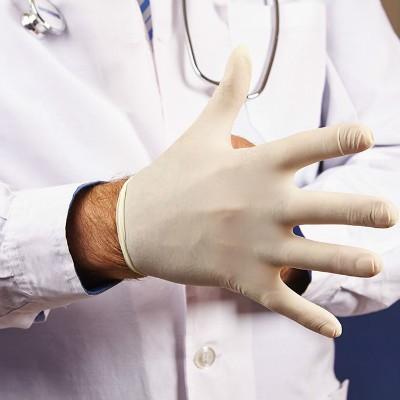Abdominal ache waist draws, how to return a responsibility?
summary
Female abdominal pain is a common phenomenon, generally appears after menstruation. Performance for each menstruation, most women will have small abdominal pain symptoms, also known as dysmenorrhea. Often in women after giving birth to children to relieve, these phenomena and pathological pain is different, especially in married women, if the regular abdominal pain, indicates the possibility of suffering from gynecological disease, let's take a look at the following content.
Abdominal ache waist draws, how to return a responsibility?
First: the pain caused by menstruation: women in the menstrual period of lower abdominal pain and general discomfort is a physiological phenomenon, if the pain is severe, it is dysmenorrhea. Puberty is mostly primary dysmenorrhea, which can heal itself; But after the onset of dysmenorrhea for some diseases, should be early medical treatment, can not use painkillers to solve the problem. This is a common cause of abdominal pain.
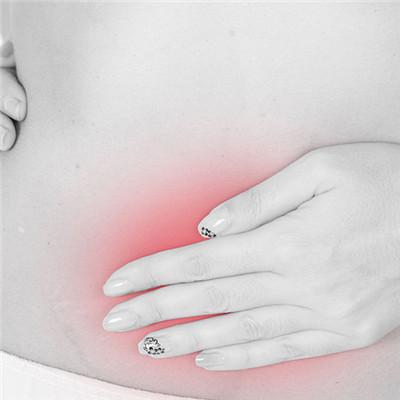
Second: pain caused by inflammation: more common in adnexitis and pelvic inflammatory disease, more occurs in women of childbearing age, pain on one side or both sides, accompanied by increased leucorrhea. Chronic patients often present with dull pain, backache or falling swelling; Acute patients often show abdominal pain, refuse to press, and accompanied by fever.
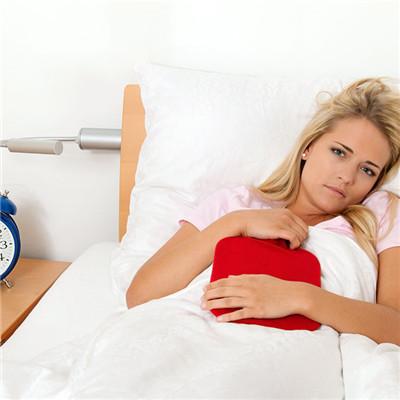
Third: abdominal pain caused by some gynecological diseases: for example, endometriosis often forms a mass near the ovary, uterus and rectum, which can aggravate premenstrual and menstrual abdominal pain, and sexual intercourse pain is also one of its characteristics. Another example is pelvic bleeding or blood stasis, which can lead to pelvic pain. The pain is often manifested in the root of one thigh.
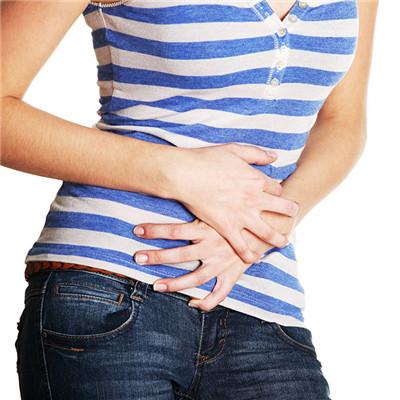
matters needing attention
Abdominal pain caused by ovulation: abdominal pain during ovulation, which is caused by follicle rupture. Generally speaking, this kind of pain does not affect health, and there are no adverse consequences, but there are very few people who need to go to the hospital for treatment because of large follicle perforation and damage of small blood vessels during ovulation, resulting in ovarian rupture and intra-abdominal bleeding.



